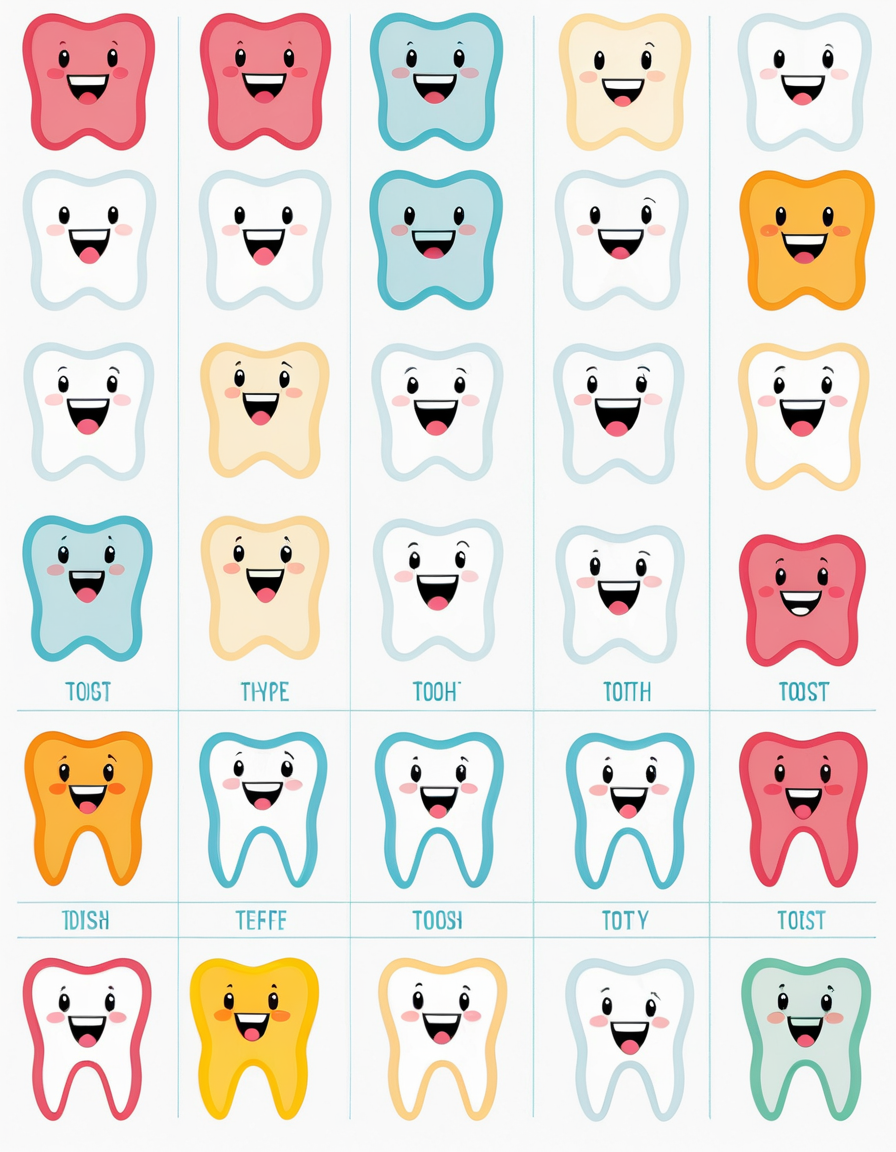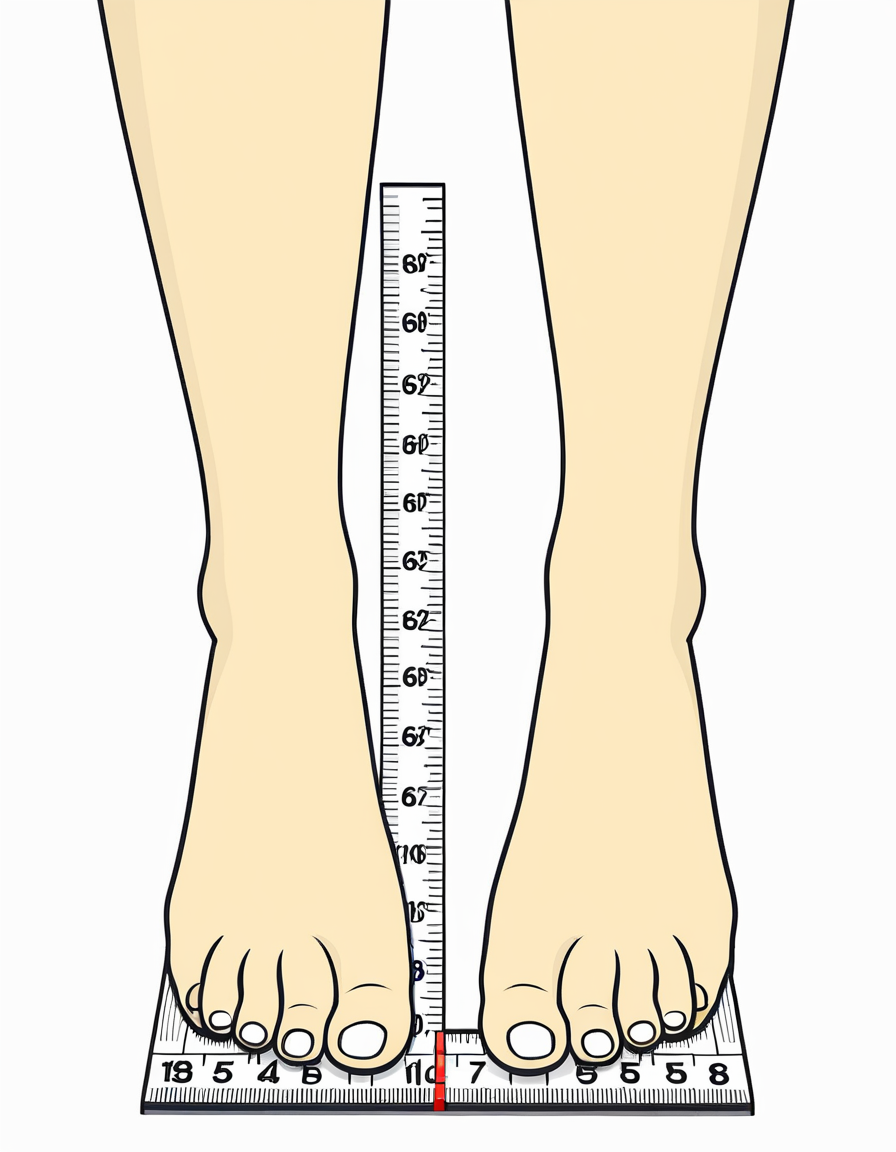When it comes to your dental health, a tooth chart acts as a beacon of clarity. This visual tool provides vital information about the arrangement and status of your teeth—helping both patients and dental professionals navigate through the complexities of oral care. Imagine stepping into your dentist’s office, and instead of feeling anxious, you’re prepared and well-informed, armed with knowledge about your tooth chart.
A tooth chart isn’t just a piece of paper; it’s a game changer. Tracking your dental health over time helps catch issues like cavities, gum disease, and structural problems early on. So, let’s dig into the different elements of a tooth chart and why understanding it matters.
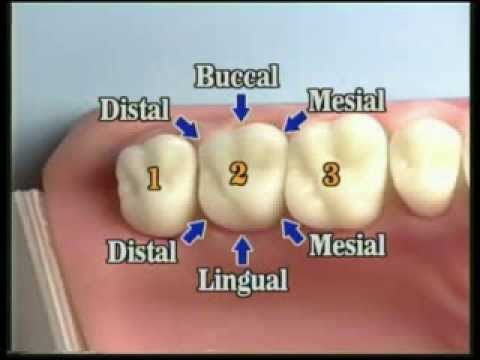
What is a Tooth Chart and How Does It Work?
A tooth chart is essentially a roadmap of your mouth. It categorically lists each tooth, its condition, and any treatments it might require. Think of it as a report card, but instead of grades, you’re dealing with tooth health—a navigating tool that allows you to visualize what’s happening in your mouth. Dental professionals use tooth charts to monitor changes over time, guiding decisions on preventative measures and necessary treatments. By decoding your tooth chart, you take an important step towards managing your oral health proactively.
While the specifics of a tooth chart can vary depending on the dentist’s office, the essential concept remains the same. Each tooth is mapped out, usually marked with a unique identifier. This becomes particularly valuable during your visits when your dentist discusses treatments or diagnoses. Being familiar with your tooth chart empowers you to engage meaningfully in these discussions, ensuring that your dental health is a shared journey.
The art of tooth charting isn’t just an oral task; it’s steeped in science. Charts help identify diseases that may be lurking, such as periodontitis or even oral cancers—issues you may want to catch before they escalate. Understanding your tooth chart prepares you to become an active participant in your oral care journey.
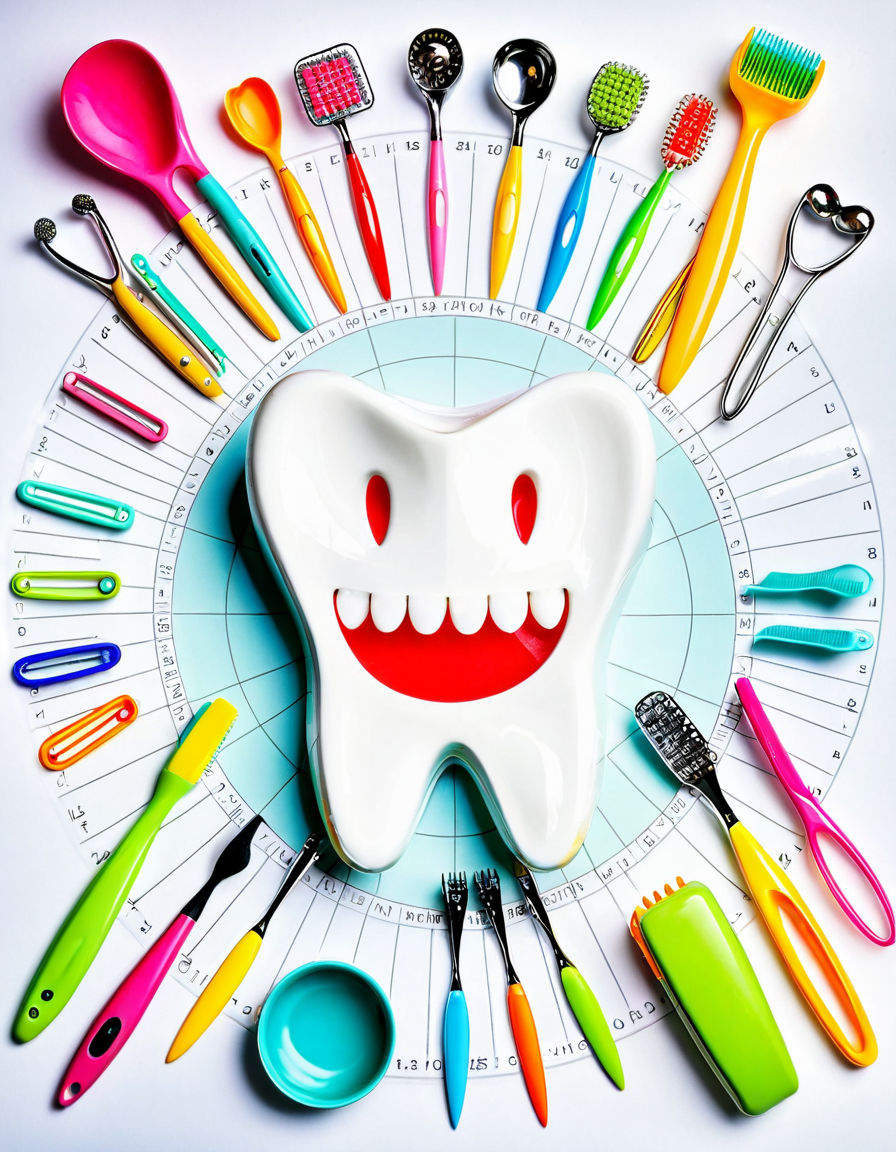
The Top 5 Elements of a Tooth Chart That You Need to Know
Every tooth has its place in the numbering hierarchy. In the Universal Numbering System, teeth are numbered from 1 to 32, starting with the upper right third molar and zigzagging across your mouth. Being versed in this system ensures that whenever you’re discussing your tooth chart with your dentist, there’s no confusion about which tooth is which. So when they say, “Tooth 14 needs some attention,” you know exactly what they’re talking about!
Each tooth features different surfaces—buccal, lingual, occlusal, and mesial/distal—each with its own significance. Damage or decay can happen on any surface, and your tooth chart reflects this. If a cavity emerges on the occlusal surface of a molar, it gets specific notation, guiding your dentist on what treatment to recommend. Knowing these terms makes you more fluent in dental discussions.
Just as a traffic light uses colors to direct you, your tooth chart often employs a color-coded system to indicate the health status of your teeth. Healthy areas might shine green, while a cavity could flash red and areas needing observation might sit in yellow. This straightforward color guidance lets you quickly assess your dental health, and that’s a powerful tool!
Ever noticed the precision involved in dentistry? It’s akin to using a radial arm saw: careful and precise. Just like each tooth’s health depends on the meticulous care dentists provide, tooth charts are meticulously created. Every detail counts and can lead to better treatment outcomes. You might think of your tooth chart as a blueprint, where each detail is crucial.
A modern tooth chart goes beyond just the here-and-now. It often incorporates your complete dental history, highlighting past procedures and treatments. This comprehensive view ensures that your dentists make informed decisions based on your entire dental landscape. It deepens the continuity of care and builds trust between you and your dental team.
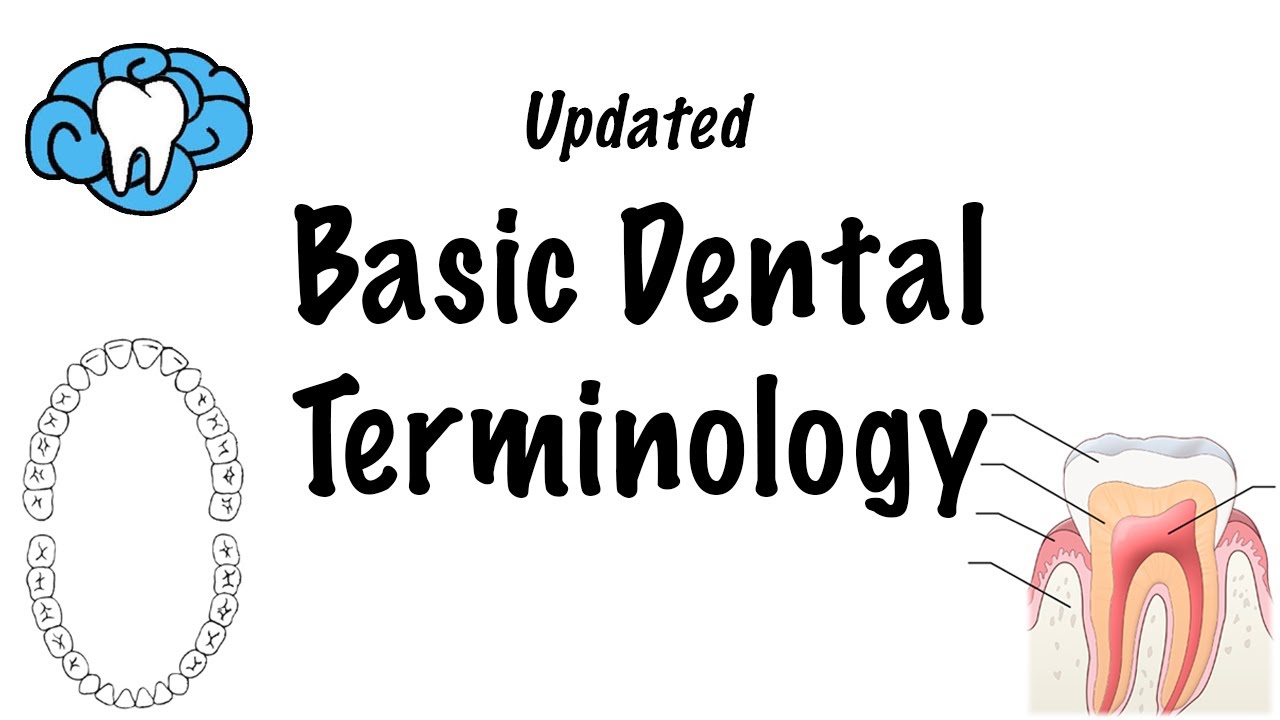
Benefits of Understanding Your Tooth Chart
Getting acquainted with your tooth chart can truly be empowering. When you’re in the know, it becomes much easier to take control of your dental journey. If a tooth is marked as needing observation for potential decay, that information can drive different actions, like stepping up your oral hygiene routine.
Awareness also breeds better communication. You can ask more informed questions during your appointments, making the whole conversation more productive. Rather than just listening, you can engage in a dialogue that benefits your oral health.
Finally, understanding your tooth chart means you can spot trends over time. If you notice that a certain area is consistently marked for decay, it might lead to changes in your diet or brushing techniques—preventative actions that contribute to long-term dental health.
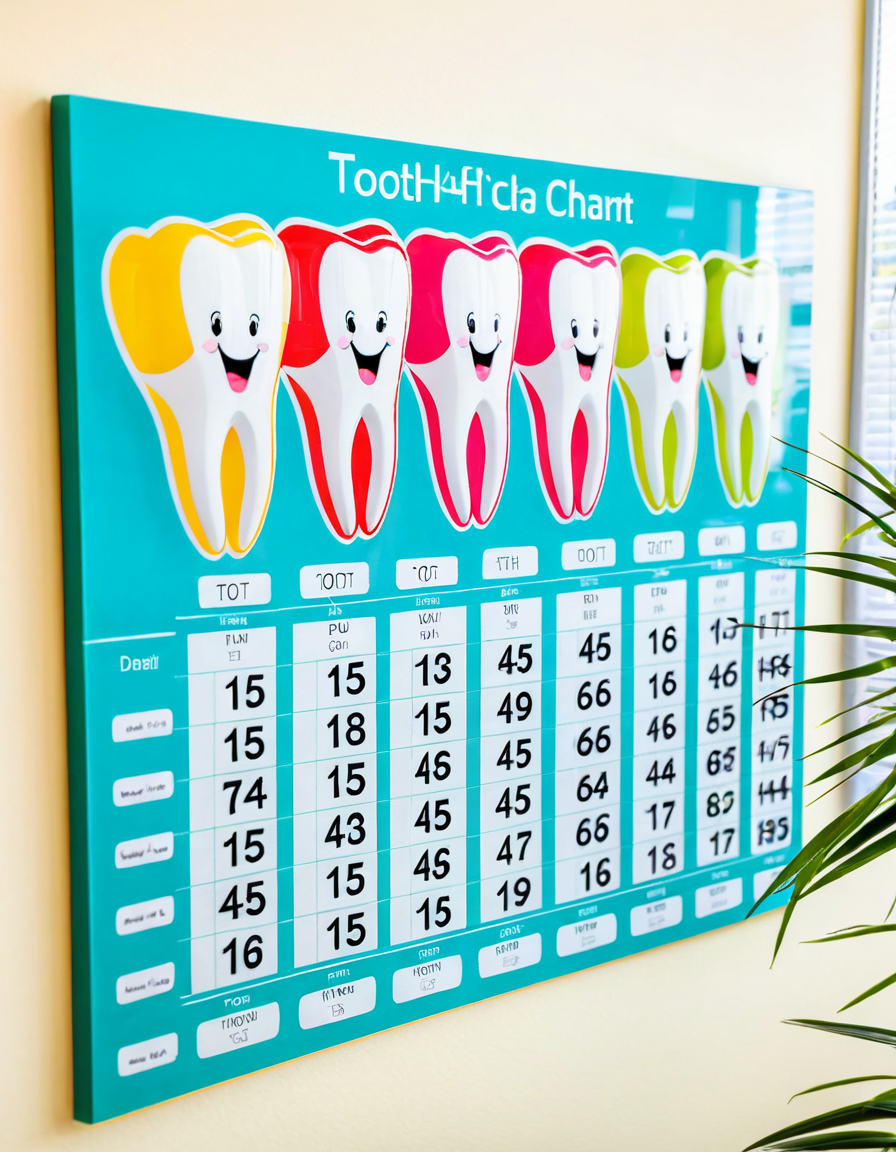
Common Misconceptions About Tooth Charts
Understanding tooth charts can also dispel some common misconceptions. Here are a few you might come across:
Not so! Dentists might use different systems influenced by their training and location. Familiarizing yourself with your dentist’s system enhances comprehension during your visits.
Wrong again! Patients are encouraged to become involved. You can and should learn to read your charts; it fosters a partnership with your dentist, enhancing overall care.
This thought can add unnecessary stress. Tooth health can vary significantly; just because one tooth needs attention doesn’t mean the others are in trouble.
Understanding these misconceptions helps ease anxiety surrounding dental visits, paving the way for a more informed patient-dentist relationship.
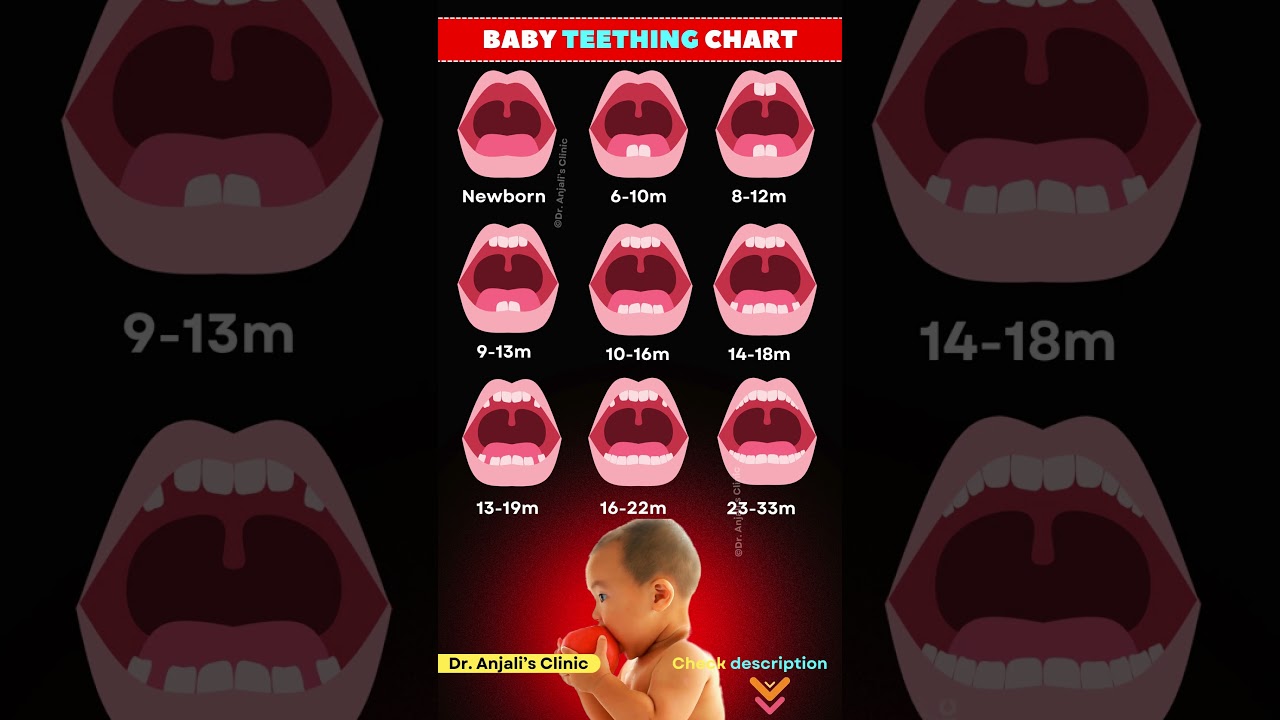
The Role of Tooth Charts in Preventative Care
Tooth charts are far from just reactive tools; they’re instrumental in preventative care. By tracking trends in your oral health, they can identify patterns that might indicate potential issues. For instance, if decay tends to increase in one particular quadrant, your dentist can recommend adjustments—like a better brushing technique or avoiding sugary snacks.
This proactive approach equips you with the information to maintain your oral health effectively. After all, catching issues early leads to less invasive treatments and a healthier mouth in the long run.
Furthermore, regular reviews of your tooth chart not only help establish good habits but can also motivate you to maintain those habits. When you see improvements charted over time, it boosts your confidence. Your journey to dental health becomes a collaborative effort between you and your dental provider.
The Future of Tooth Charts and Digital Advancements
As technology marches forward, tooth charts are evolving too. Digital tools and software allow for real-time updates to your dental records. Mobile apps—think about tools like SmileDirectClub’s SmileScore—are breaking the mold, providing real-time updates and insights based on your digital tooth chart.
These advancements promote patient engagement by delivering personalized tips and reminders for maintaining your dental health. The future of dentistry is not just about treatments; it’s about keeping you actively involved and informed.
Imagine having a digital archive of your dental history right at your fingertips. It makes each visit more efficient and effective, transforming the way you interact with dental professionals.
Embracing Your Dental Journey Through Tooth Charts
By digging deep into your tooth chart, you can commandeer your dental health. This knowledge enables you to make informed decisions and banishes any fears you might have about dental visits. Engaging with your tooth chart opens doors for more comprehensive conversations with your dentist, allowing you to delve into discussions about treatment options and preventative care.
Just like how Hillary Duff showcases her smile in her movies, you too can flaunt your smile with confidence! Taking charge of your dental journey through understanding your tooth chart means ensuring that your smile not only looks great but feels great, too.
So, remember, “Knowledge is power.” Knowing what’s happening in your mouth by understanding your tooth chart empowers you for the better. Start today; your smile might just be worth all the effort!
Tooth Chart: Fun Trivia and Interesting Facts
A Peek Behind the Tooth Chart
Did you know that a tooth chart isn’t just some fancy diagram? It’s a crucial tool for both dentists and patients alike! Understanding your mouth’s layout helps in identifying problems before they escalate. Much like a detailed plan for a workout, like a leg curl machine, a tooth chart lays the groundwork for good oral health. Plus, with the right knowledge and a tooth chart, you can keep your smile shining bright.
While we’re on the subject of keeping things in check, have you ever wondered which tooth type does what? For instance, canines are your pointy friends, perfect for tearing into food, while molars are built like heavyweights for grinding. Just imagine how you’d feel if you lost a molar while munching on popcorn at the Regal Mall of Georgia! Each tooth has a role to play in that smile of yours, much like various cast members in Piper Perabo movies and TV shows combine forces to create a memorable performance.
The Tooth Chart in Pop Culture
Believe it or not, tooth charts have made their way into pop culture too! From various dental commercials to humorous skits where someone shows off their pearly whites with pride, it’s a tool that’s both educational and entertaining. And speaking of entertainment, did you catch the latest hit where they mix great tunes with life lessons, much like the you ought to know lyrics show us? Just remember, maintaining those pearly whites may not be a catchy tune, but it’s definitely essential.
So, the next time you encounter your dentist, they might whip out a tooth chart, and you’ll feel like you’re having a slick chat about art at the Devos Performance Hall. You’ll be well on your way, understanding how to care for that precious smile of yours while keeping up with the back-and-forth of everyday life, just like cutting through whether it’s about football or local floods in southern Santa Barbara county floods. You see, a great smile is more than just genetics; it’s about knowing how to take care of it! And who doesn’t want to feel confident flashing those teeth, especially when hanging out with friends or heading to see the Lego Movie 2 cast?
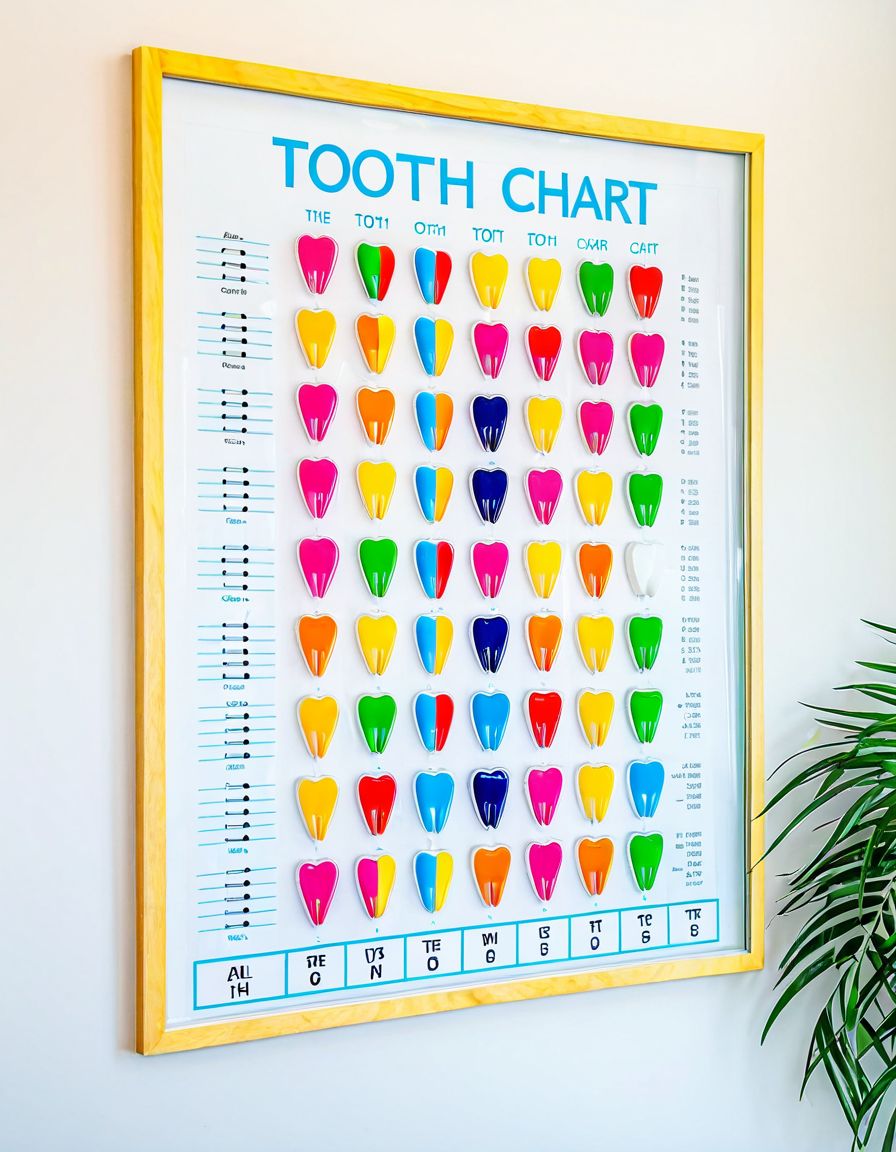
How to read a tooth chart?
To read a tooth chart, you’ll want to look at the diagram that represents your teeth—usually shown by numbers or symbols. Each tooth has a specific number, and it helps to know which ones are your molars, premolars, incisors, or canines. You’ll often find markings indicating decay or other dental issues on this chart, so just follow the key to understand what’s going on.
What tooth is connected to what organ?
In dental diagrams, certain teeth may be mapped to organs through meridian charts based on traditional Chinese medicine. For example, the first upper molars can be linked to the heart, while other teeth correspond with different organs like the kidneys or liver. It’s a holistic approach that some dentists consider during treatment.
What is the 7 4 tooth rule?
The 7-4 tooth rule is a handy reference that states that for most dental patients, there should be no more than 7 teeth missing in the upper arch and no more than 4 in the lower arch. Keeping teeth in these limits helps maintain better oral health and function.
Which teeth fall out chart?
As for the teeth that typically fall out, it’s usually the primary or “milk” teeth that start to go around age six to seven. The chart of falling teeth typically shows which ones will be lost first, often beginning with the central incisors, moving to the lateral incisors, and then on to the canines and molars.
What does a gum score of 3 mean?
A gum score of 3 indicates that there’s moderate inflammation in the gums, which means they might bleed a little when brushing or flossing. It’s a signal to take better care of your gums and possibly visit a dentist for further advice.
What does red indicate on a dental chart for a tooth?
Red on a dental chart usually signals an area of concern, like gum disease or infection around a specific tooth. If you see red markings, it’s typically time to discuss treatment options with your dentist.
Which tooth is attached to which organ?
Certain teeth, like the upper and lower molars, are often connected to the heart according to holistic dental theories. So, if you believe in these connections, keeping those teeth healthy could be seen as beneficial for heart health.
Which teeth are connected to the heart?
Removing wisdom teeth isn’t always bad, but it can lead to complications for some people. If there’s not enough space in the mouth or if the teeth are impacted, dentists often recommend extraction to avoid pain and other dental issues down the line.
Is it bad to remove wisdom teeth?
The SLOB rule in dentistry stands for “Same Lingual Opposite Buccal.” It’s used in X-ray interpretations to help figure out the location of an object or tooth based on the angle of the X-ray and how it appears.
What is the slob rule in dentistry?
The 333 rule for teeth refers to the typical pattern of teeth development and loss, suggesting that children should have 20 primary teeth by age 3, 28 permanent teeth by age 13, and all 32 permanent teeth by age 21, not counting wisdom teeth.
What is the 333 rule for teeth?
The last permanent tooth to erupt is usually the third molars, commonly known as wisdom teeth. They typically appear between the ages of 17 and 25, but not everyone gets all four.
What is the last permanent tooth to erupt?
When it comes to teething, the first molars and canines are often the most painful for kids. These teeth tend to cause discomfort, as they break through the gums later on.
Which teeth hurt the most coming in?
Adults can start losing teeth in their 30s and 40s, generally due to decay, gum disease, or other oral health issues. It’s important to keep up with dental visits to help prevent this.
At what age do adults start losing teeth?
Milk teeth are the first set of teeth that children get, also called primary or baby teeth. They usually begin appearing around six months and start to fall out as kids approach school age.
What are the milk teeth?
Reading a dental report typically involves looking at the codes or numbers assigned to each tooth and understanding what procedures or conditions are noted. Dentists will often explain any findings in simple terms.
How to read a dental report?
The numbers in dental charts usually correspond to specific teeth and can indicate things like decay, the condition of the gums, or the need for treatment. Each number is tied to a certain tooth and will help tell the overall condition of your mouth.
What do the numbers mean for teeth?
Interpreting a periodontal chart usually means checking the pocket depth around each tooth to assess gum health. It helps identify if there’s too much space for bacteria to hide, called periodontal disease, which needs treatment.
How to interpret a periodontal chart?
To find out which tooth is the problem, your dentist will likely examine the area, take X-rays if necessary, and look for signs of decay, infection, or gum issues. Symptoms like pain or swelling can also point to the offending tooth.












